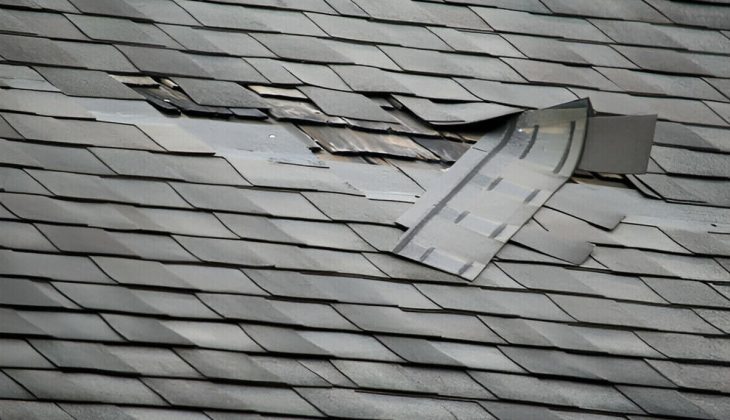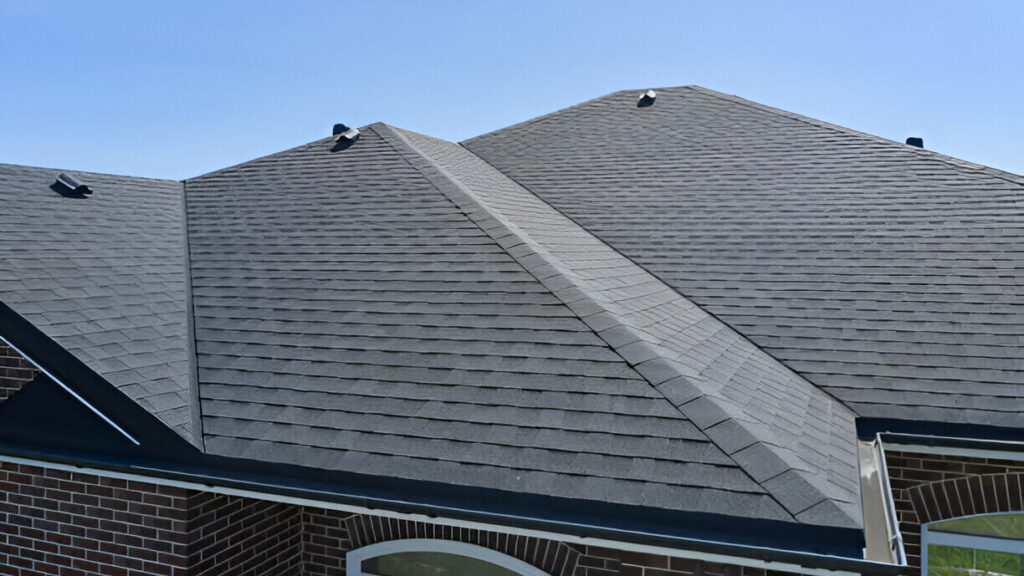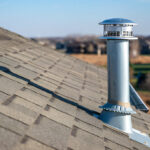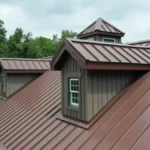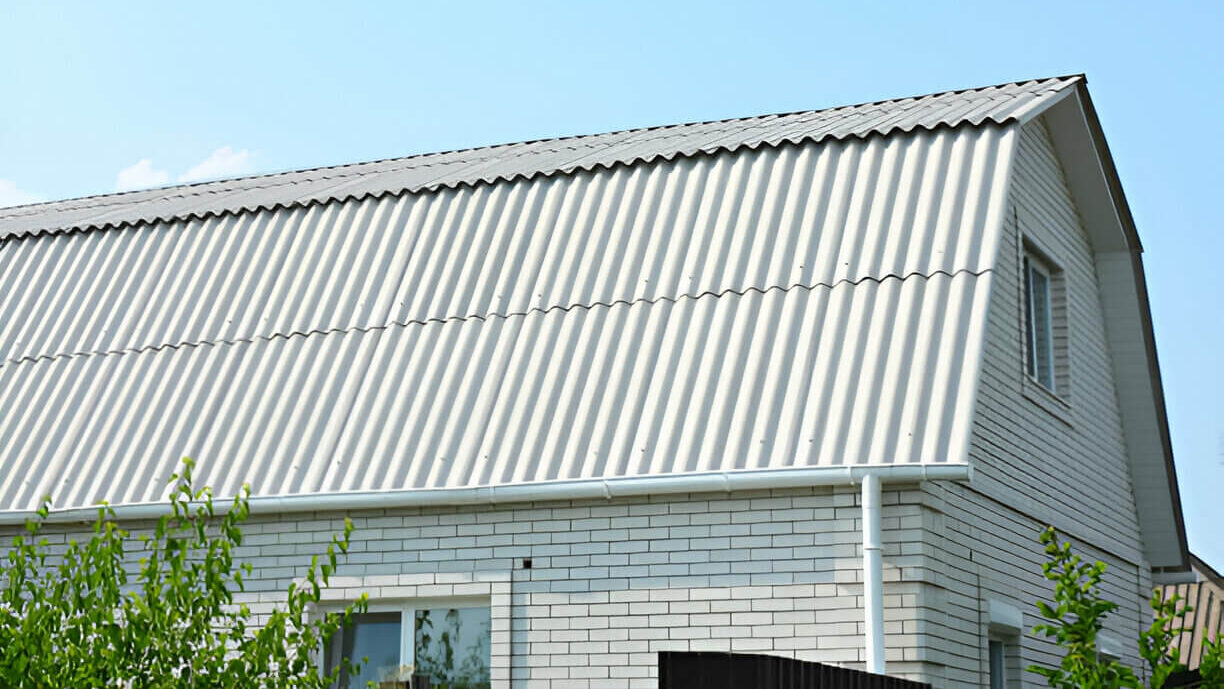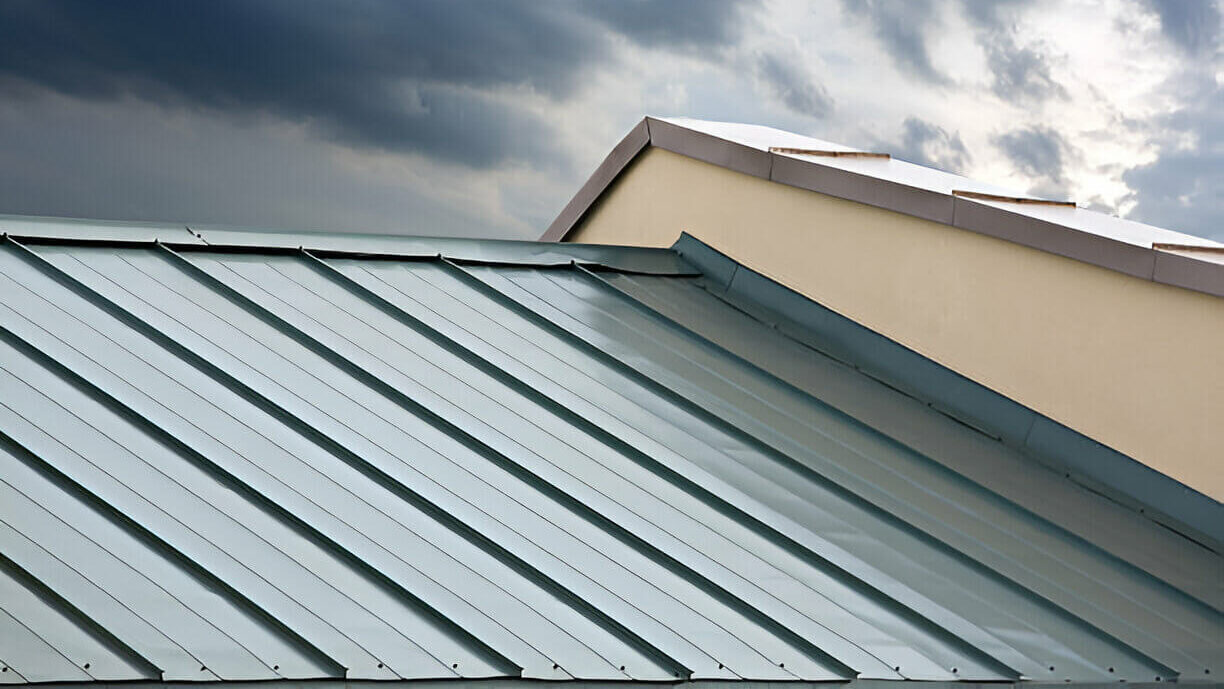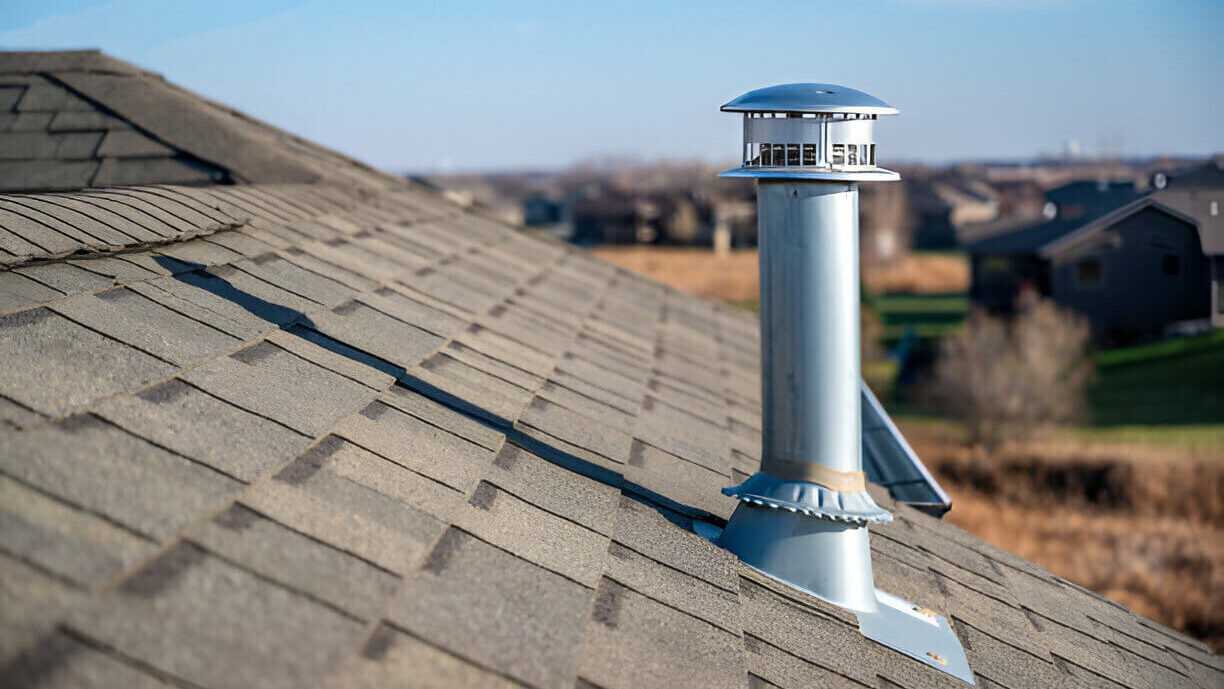Assessing the age of your roof is not exactly a walk in the park. Each roof has its lifespan timeline, influenced by factors like the type of shingles used and the quality of installation.
Table of Contents
ToggleTo get a clear answer on how I can find out how old my roof is, the best chance is to trace back to the last time the roof was fully replaced—this might involve a chat with the previous homeowner or a call to the roof manufacturer.
There is more than one way to spot an aging roof. By keeping an eye out for the signs listed below, you can figure out whether your roof needs a few fixes or if it is time to commit to a brand-new top.
How Old Is My Roof?
Are you curious about when your roof last got a makeover? Become a detective and hunt down the original documents—if they even exist—or why not make it easy and call in the professionals? Call a local roofing company and let their experts observe your shingles.
They will make a smart guess about your roof’s age based on their know-how. After all, a number of homeowners do not know the age of their roofs until it is inspected!
How Do I Find Out How Old My Roof Is?
The following are ways to find out the age of your roof:
1. Check Permit Paper
When examining the age of your roof, you will want to get the date on which the building permit was installed. This date often follows the roof installation closely, similar to detecting signs of roof leaks in the attic which can indicate the need for a detailed inspection.
How can I find out how old my roof is? Just like any significant home upgrade, changing out your roof demands a similar permit. Securing a building permit is a must for anyone getting into house construction or a roof upgrade.
2. Previous Homeowner Inquiry
When you are checking out a new house, do not forget to question the previous owners or the realtor on how old the roof is. Knowing the roof’s birthday could save you a ton of guesswork.
Seriously, who needs surprises like a mid-winter leak? If stats are your thing, remember that a well-kept roof can protect your offenses for about 20 to 25 years!
3. Material and Style Sleuthing
Different roofing materials have different lifespans. For example, asphalt shingles typically last 15-30 years, wood shingles can last about 30 years, and metal roofs can last 40-70 years.
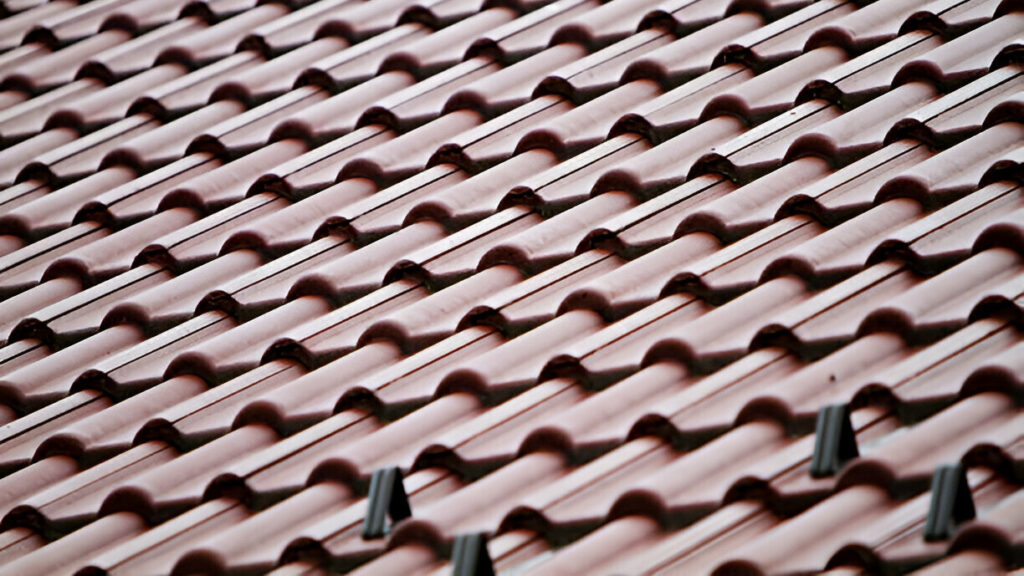
By identifying the material and understanding these general lifespans, you can estimate the age of your roof.
4. Visual Inspection
Look for signs of aging on your roof, such as missing, damaged, or curling shingles, rusted flashing, or moss and algae growth.
These indicators, often assessed during a roof inspection for insurance, can help you assess the general condition and age of your roof. Excessive granule loss from asphalt shingles, for example, suggests significant aging.
5. Professional Roof Inspection
Bringing in a roofing expert to check out your roof is not just about ticking a box—it is your weapon to understand its true condition and how many years it has left.
These experts can quickly identify wear and tear, letting you know if your roof is just a newbie or nearing retirement, all thanks to their deep know-how and the expected lifespan of the materials used.
Signs Of An Aging Roof
Here are some common indicators of an aging roof and how they can help you estimate its age:
1. Shingle Wear and Tear
As shingles age, they exhibit signs like curling, buckling, and cracking. These conditions show that the shingles are closing the end of their lifespan.

Shingles may also lose granules, which are prominent in the gutters and downspouts. This granule loss exposes the roof to further damage from the elements.
2. Roof Leaks and Water Damage
Have you spotted some ugly water marks on your ceilings or walls? Those are your home waving a big red flag about leaks.
As shingles get older, they ease off on their job, letting water sneak past and start partying inside your walls, which can mess things up big time. Major roof repairs arise from ignoring little leaks that turn into big nightmares.
3. Sagging or Uneven Rooflines
A sagging or uneven roofline is a serious sign of structural damage. It often means that the roofing materials or the decking beneath the shingles is failing.
This issue can impact the stability of your shingles and is a critical concern that usually needs professional evaluation.
4. Increased Energy Costs and Poor Insulation
Have you noticed your energy bill rising? This might be a sign from your roof telling you it is losing its charm. Yes, those old or busted shingles are loosening, and it is not just a tiny issue. They are dropping the ball on keeping your house insulated.
What happens next? Your heating and cooling systems get into overdrive trying to keep things comfortable, working overtime to maintain the chill or heat.
Why You Need To Know Your Roof Age?
Here’s why you should know about your roof’s age:
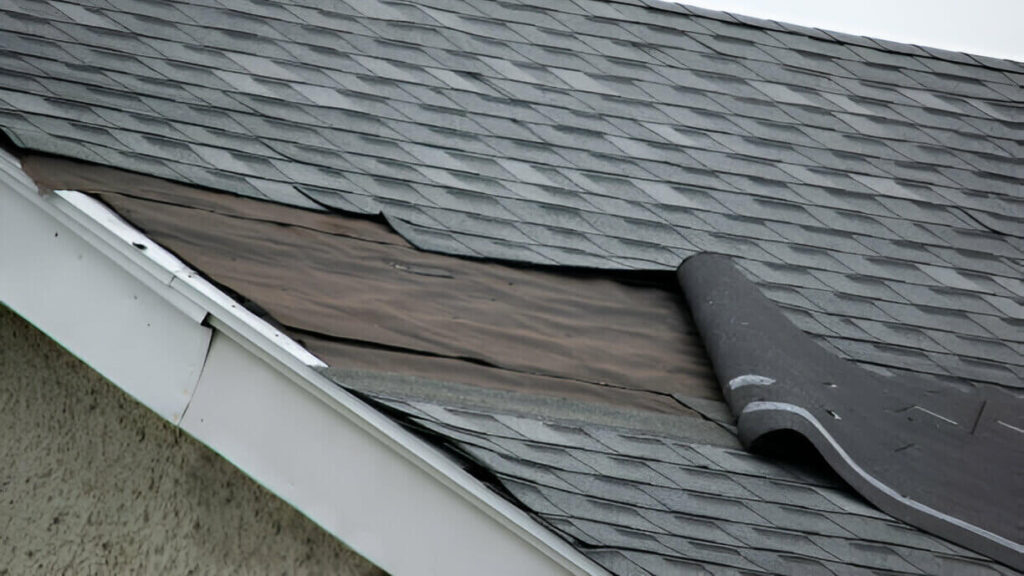
1. Planning for Maintenance and Replacement
Have you ever thought about how old your roof is? Knowing its age can be the best chance for keeping up with regular check-ups and supervising repairs down the road.
Consistent maintenance not only adds years to your roof’s life but keeps it looking good and working right.
Roofs tend to need more repair as they age, from checking for leaks to changing out tired shingles.
By staying in the know about how to find out how old your roof is and understanding how often to replace a roof, you are setting yourself up to plan financially for its eventual replacement, avoiding the steep prices that come with last-minute fixes
2. Maximizing Your Roof’s Lifespan
Proper maintenance influenced by the knowledge of your roof’s age can quite extend its life. For instance, specific issues like cracked pipe boots, debris buildup in roof valleys, and compromised roof vents are more general as roofs age.
Handling these problems promptly can stop more severe damage.
Moreover, understanding the materials used in your roof and their expected lifetimes can advise you on the frequency and type of maintenance required, maximizing the roof’s overall lifespan.
3. Roof Age Affects Your Roof Insurance
Did you know the age and state of your roof could make or break your home insurance rates? Yes, it is true! Install a new roof, and you might score a deal on premiums—because it is less likely to go unbalanced and cause claims.
But if your roof has seen better days, get yourself ready: it might raise your costs, thanks to its flair for trouble.
Keeping tabs on your roof’s birthday is not just for fun; it is important when you are shopping for home insurance or scratching your head over a rate hike.
How To Find Out How Old Your Roof Is FAQs
Do roofs expire?
Yes, roofs do expire. Just like most things in life, they aren’t built to last forever, and over time, weather and wear can take their toll.
Can a roof last 50 years?
While some roofs can last up to 50 years, the typical lifespan ranges between 25 and 50 years, depending on the materials used and maintenance practices.
How can I extend my roof life?
Regular maintenance is key to extending your roof’s life. This includes routine inspections, cleaning gutters, and promptly repairing any damage or wear.
How old is a good roof?
A “good” roof is usually one that’s between 25 to 50 years old, provided it has been well-maintained and made with durable materials.
Conclusion
Here are four indicative signs that it is time for a how-to-tell how old your roof is. Spot any of these clues, or if your roof has a few years on it, chances are a replacement is on the horizon.
Keep in mind, though, that the only way to be sure of what your roof needs is to have it checked by a local roofing expert. Before you dial them up, remember a couple of key points about going for that roof upgrade.

